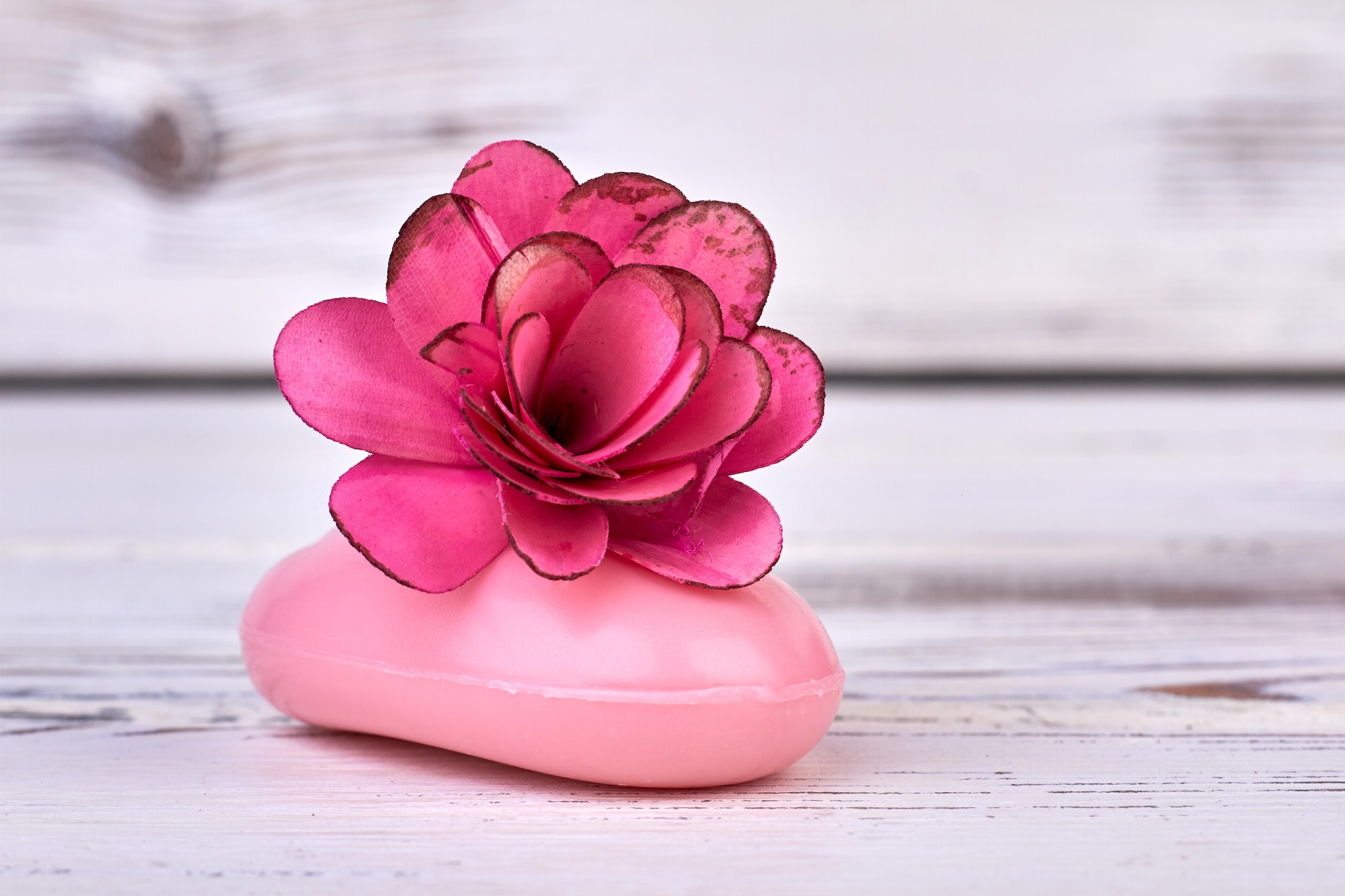Rose clay, also known as pink clay, is a mild kaolin clay that can be used in a hot process soap recipe to create a luxurious and gentle bathing experience. This natural ingredient is perfect for those with sensitive skin or anyone seeking a rejuvenating and skin-loving soap. In this article, we will explore the ingredients list for a rose clay hot process soap recipe and discuss additional soap making recipes for a luxurious bath time.
Rose Clay Hot Process Soap Recipe
To make this luxurious rose clay soap, you will need the following ingredients:
- 16 ounces of coconut oil
- 16 ounces of olive oil
- 16 ounces of palm oil
- 2 ounces of castor oil
- 2 ounces of sweet almond oil
- 12 ounces of distilled water
- 5.5 ounces of lye (sodium hydroxide)
- 2 tablespoons of rose clay
- 1 ounce of essential oil or fragrance oil of your choice (lavender, rose, or jasmine work well)
Before you begin, make sure to have all necessary safety equipment such as gloves, goggles, and a mask. Always work in a well-ventilated area when handling lye.
- In a large stainless steel or enamel pot, combine the coconut oil, olive oil, palm oil, castor oil, and sweet almond oil. Heat the oils on low until they are completely melted. Remove from heat and let cool to about 120°F (49°C).
- While the oils are cooling, carefully mix the lye into the distilled water. The mixture will become very hot and release fumes. Stir until the lye has completely dissolved and let it cool to around 120°F (49°C).
- Once both mixtures have cooled to the appropriate temperature, slowly pour the lye solution into the oils while stirring gently.
- Use an immersion blender to mix the soap batter until it reaches a light trace. This is when the soap begins to thicken and leaves a trail when you drizzle it across the surface.
- Add the rose clay to the soap batter and mix well until fully incorporated.
- Stir in your chosen essential oil or fragrance oil.
- Pour the soap into a lined or silicone mold, tapping it gently to remove any air bubbles.
- Cover the mold with a towel or blanket to insulate it and let the soap cure for 24 hours.
- After 24 hours, remove the soap from the mold and cut it into bars.
- Allow the soap to cure for an additional 4-6 weeks before using it. This will ensure that all excess water has evaporated, resulting in a harder, longer-lasting bar of soap.
Additional Soap Making Recipes for Luxurious Bath Time
- Oatmeal and Honey Soap: Combine ground oatmeal and honey with a basic soap base for a soothing and moisturizing bar perfect for dry or sensitive skin. Add essential oils like lavender or chamomile for an extra calming effect.
- Activated Charcoal Soap: Activated charcoal is known for its detoxifying properties and can be added to a soap recipe for a deep cleansing experience. Combine with tea tree oil or eucalyptus essential oil for added benefits.
- Coffee Scrub Soap: Recycle used coffee grounds by adding them to your soap recipe for an exfoliating and invigorating scrub bar. Coffee grounds can help reduce the appearance of cellulite and improve circulation.
- Milk and Honey Soap: Using goat’s milk or coconut milk in your soap recipe can create a creamy, luxurious lather that is gentle on the skin. Combine with honey for added moisture and sweetness.
- Herbal Infusion Soap: Infuse your favorite herbs, such as lavender, chamomile, or rosemary, into the oils used in your soap recipe for added skin benefits and a natural fragrance.
Experiment with different ingredients and essential oils to create a variety of luxurious soap recipes that cater to your preferences and skin needs. Happy soap making!


